Creating the Perfect Outdoor Landscape: Balancing Beauty, Harmony, and Sustainability
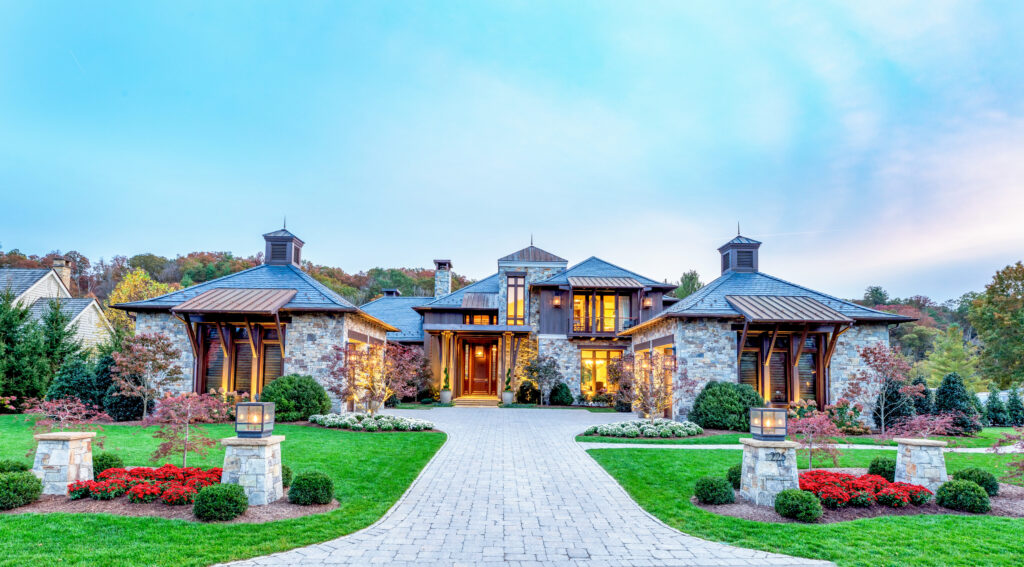
Designing the ideal outdoor landscape for your home goes beyond merely planting flowers and installing garden ornaments. Achieving a harmonious and visually appealing garden requires careful consideration of several key factors, each contributing to the overall aesthetic and functional success of the space. Scale, color, line, texture, and form are fundamental elements in landscape design that must be thoughtfully integrated with environmental and sustainable practices. By understanding and applying these principles, homeowners can create a stunning and sustainable outdoor environment that enhances both the beauty and value of their property.
Scale in landscape design relates to the size relationship between various elements within the garden and the surrounding space. Ensuring that size choices are appropriate for the setting will result in a well-proportioned design. Consider the size of your home and the available yard space when selecting the scale of plants and landscape structures.
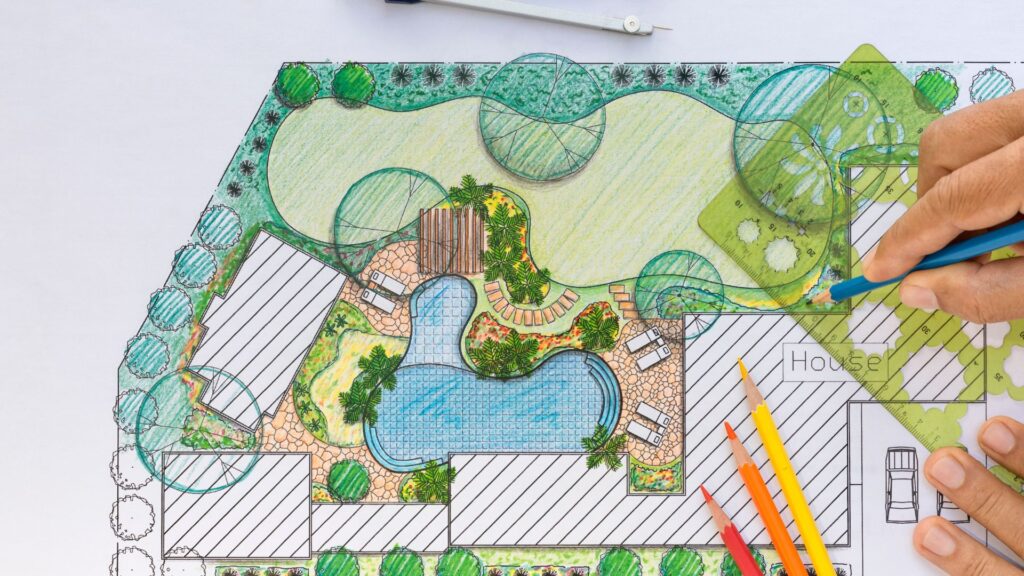
Color plays a vital role in landscape design, bringing the garden to life by adding dimension and interest. It can be incorporated through plant material or hardscape elements such as paving, walls, and fences. Using similar colors can create harmony, while contrasting colors can add visual interest. Additionally, warm colors have a different effect compared to cool colors. Many landscapers choose a color theme to unify the entire landscape.
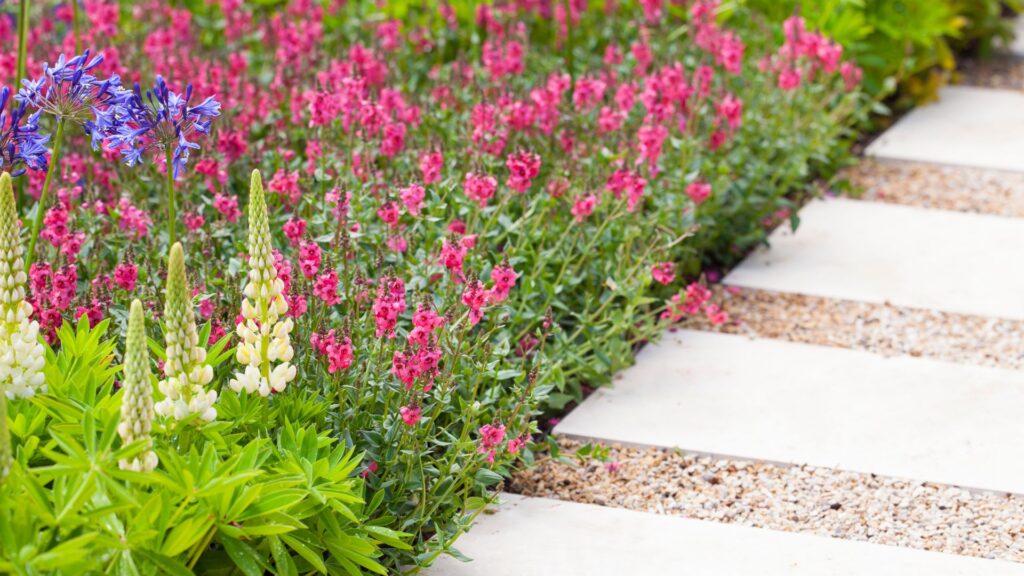
The concept of line in landscape design often refers to the structures within a garden, such as the edges of walkways, flower beds, or the perimeter of patios and decks. The use of lines significantly impacts the flow and feel of the garden. Straight lines and hard angles provide a formal look, whereas curved lines offer a more informal appearance.
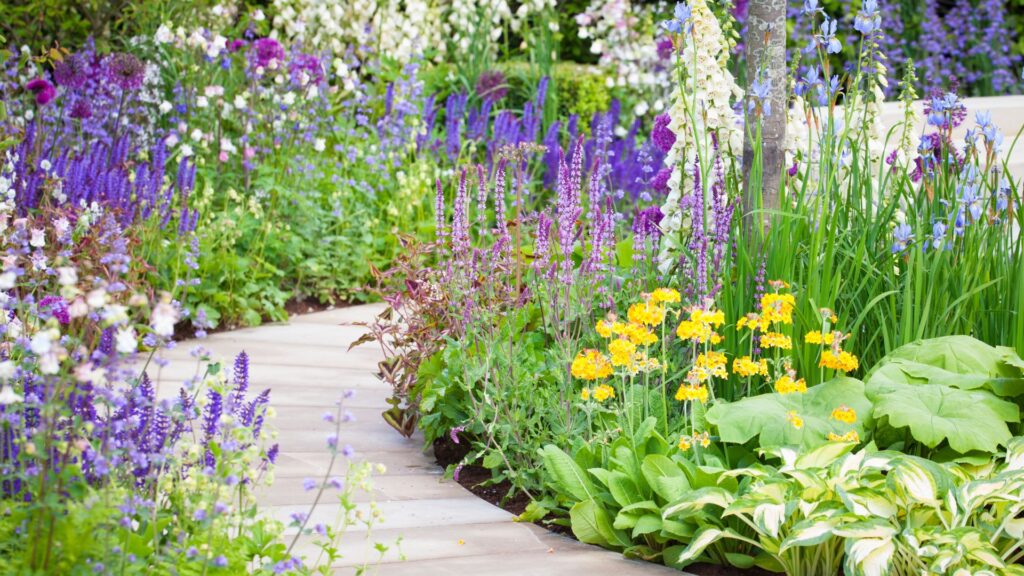
Vertical lines can draw the eye upward, making a space feel larger. Incorporate tall trees or an arbor to add vertical elements. Horizontal lines can make a space feel more expansive by guiding the eye along the ground. Use garden walls, walkways, or low hedges to introduce horizontal lines.
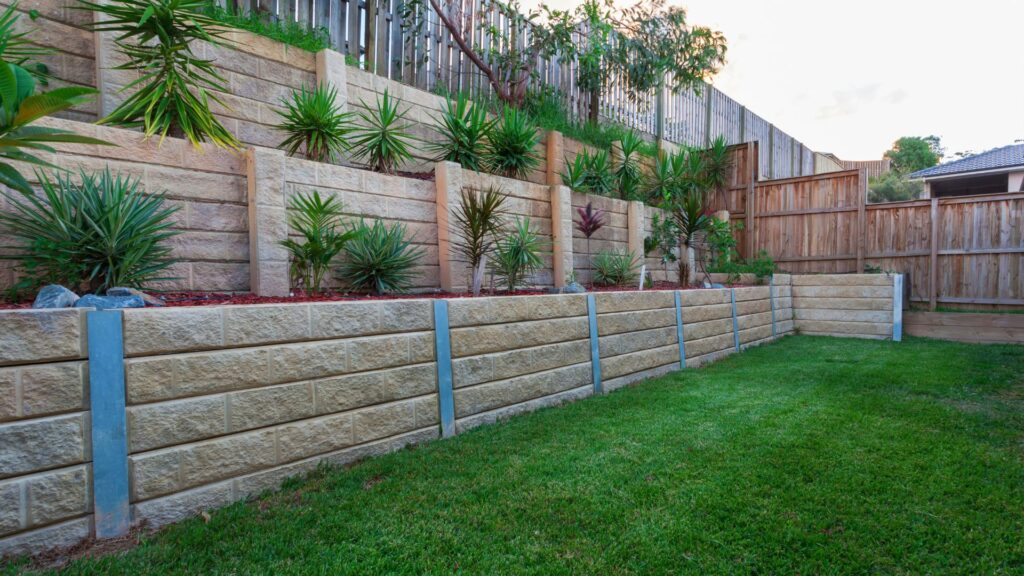
Texture in a garden is typically created with plants, though hardscape materials can also contribute. Plant texture refers to the fineness or coarseness, roughness or smoothness, and heaviness or lightness of a plant’s components, including flowers, leaves, bark, and branches. Combining plants with different textures adds variety and interest to the garden.

The shape or structure of plants and objects in a garden is referred to as form. The choice of forms depends on the overall landscape design theme. For instance, a formal garden might feature tailored forms like clipped hedges and topiaries, while an informal garden would have more natural, flowing shapes. Trees, with their distinct forms, are an excellent starting point.
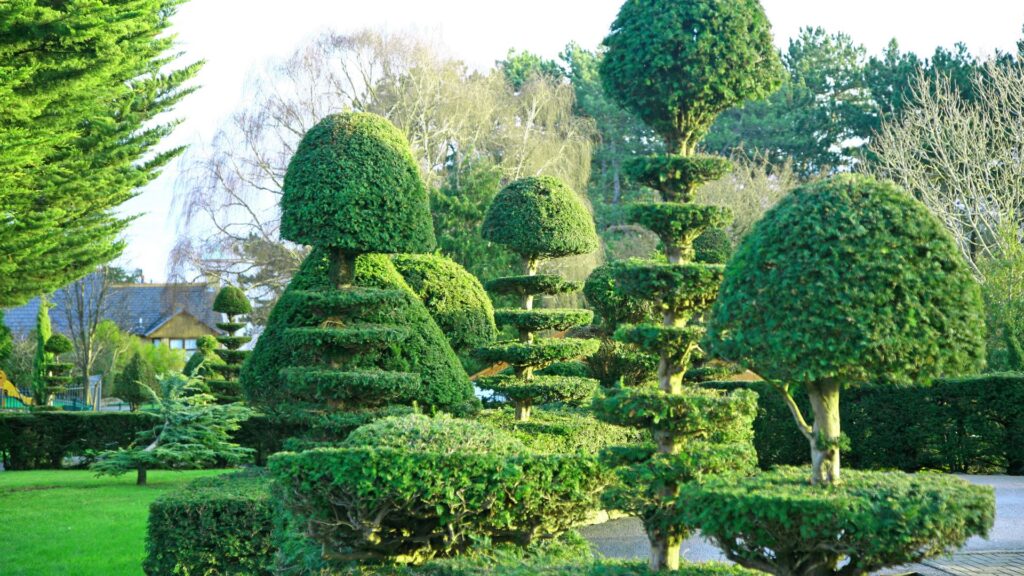
Topography, soil quality, and climate also need to be considered as well when integrating these aesthetic and functional goals. This foundational stage is crucial for achieving a harmonious and sustainable outdoor environment that enhances the overall value and livability of luxury developments.
Prioritizing recycled materials helps reduce environmental impact, supports sustainability, and aligns with growing consumer and regulatory expectations for eco-friendly practices.
Key trends in luxury landscape design include the integration of hardscapes and eco-friendly practices. Hardscapes, such as stone paths, are becoming more innovative, while sustainability is increasingly important, with designs that blend natural aesthetics with eco-consciousness. These trends reflect a shift towards creating luxurious outdoor spaces that are both beautiful and sustainable.
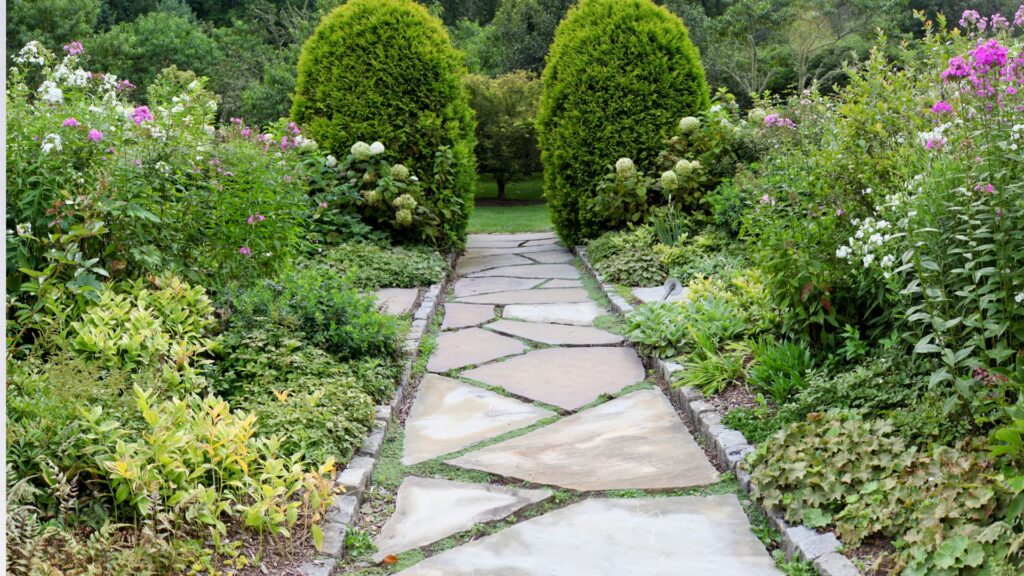
Integrating hardscapes sustainably involves choosing materials that are both durable and have a low environmental impact. For example, sustainably sourced wood adds a natural touch and is eco-friendly when maintained properly. Stone, with its durability and natural appeal, is another excellent choice. These materials not only enhance the aesthetic of outdoor spaces but also contribute to sustainability by reducing the need for replacements and preserving natural resources.



